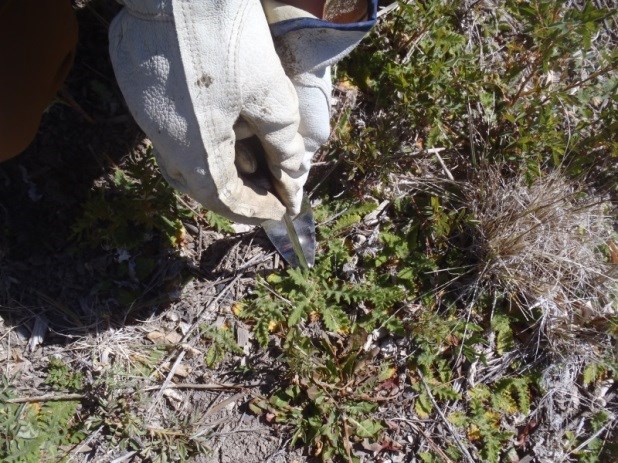Part of a series of articles titled The Midden - Great Basin National Park: Vol. 17, No. 2, Winter 2017.
Article
Monitoring & Treatment of Invasive Plants at Water Systems
This article was originally published in The Midden – Great Basin National Park: Vol. 17, No. 2 , Winter 2017.

NPS Photo by M. Horner
At Great Basin National Park, four meadow complexes provide drinking water to visitors, park residences, and campgrounds. Wet meadows make up only 0.1% (87 acres) of the park, varying in elevations from 7,200 to 10,300 feet. These mesic habitat types seem more susceptible to invasion by non-native plant species due to available water and soil conditions. Invasive plants can alter fire regimes and outcompete native plant populations that are already adapted to the soil and surrounding habitat. This poses a threat to native plant communities, impacts forage for wildlife, and degrades soils.
Sites at Cave Springs, Baker Creek, Lehman Creek, and Wheeler Peak serve as collection sources for potable water, allowing manual (grubbing or pulling by hand) treatments on invasive plant species as the only appropriate mode of treatment. Use of herbicide treatments in these areas is prohibited because of the utilized resource – drinking water. There are over twenty-five non-native plant species in the park, but the four priority species for treatment were bull thistle (Cirsium vulgare), whitetop (Cardaria draba), musk thistle (Carduus nutans), and Canada thistle (Cirsium arvense).

In order to reduce infestations and prevent the spread of non-native plant species, the park will continue to monitor and treat invasive plant species following integrated pest management practices to protect native plant communities and habitat.
Last updated: March 7, 2024
